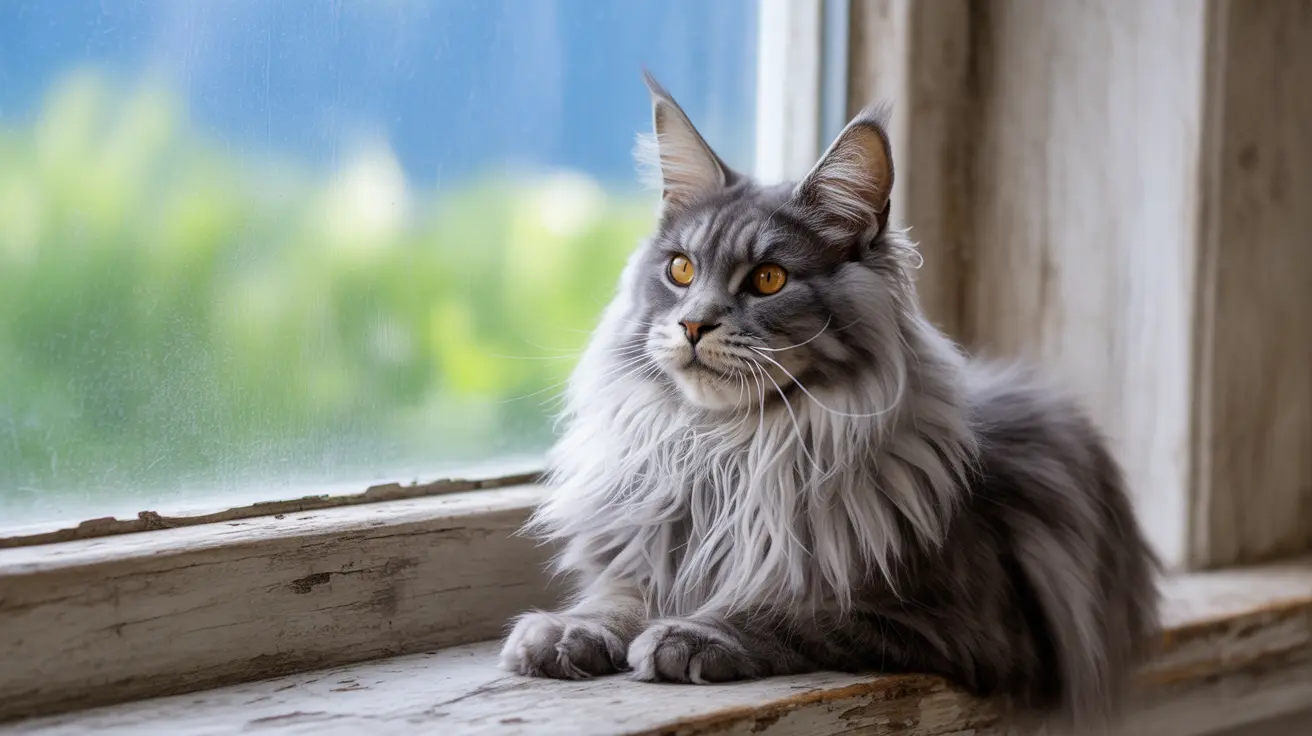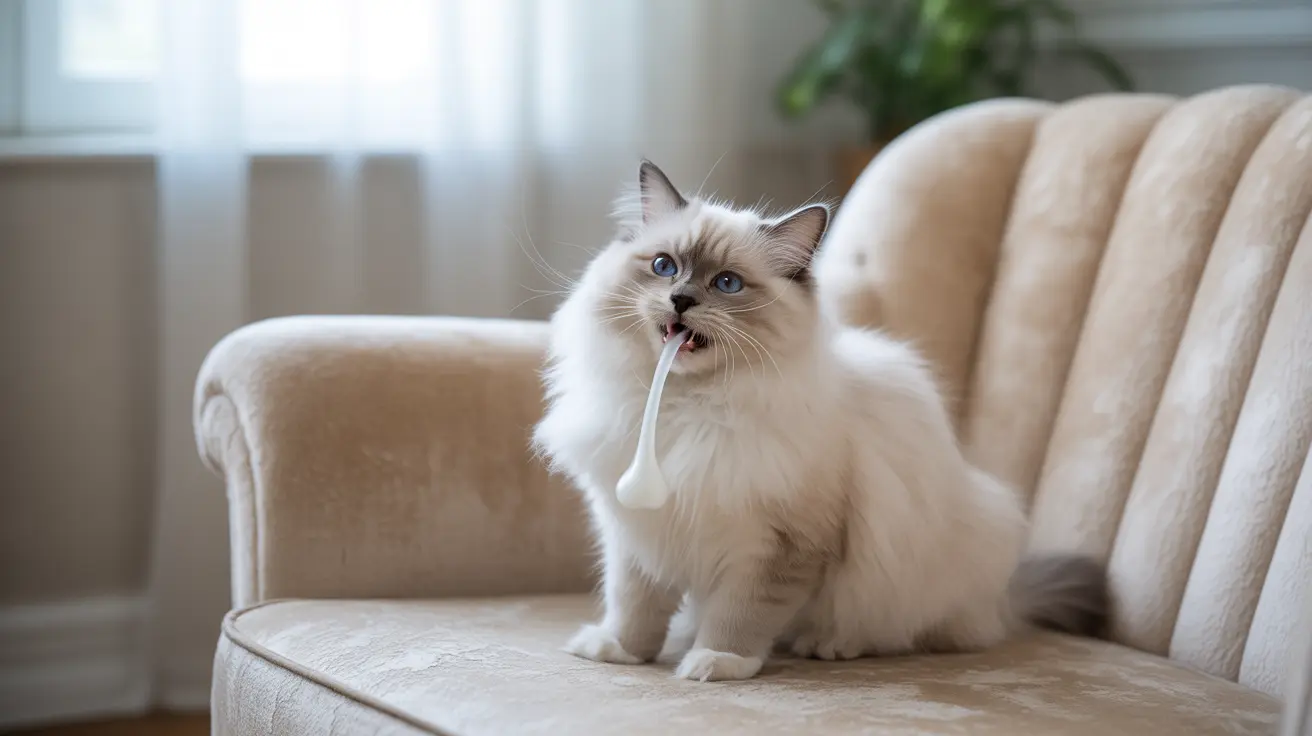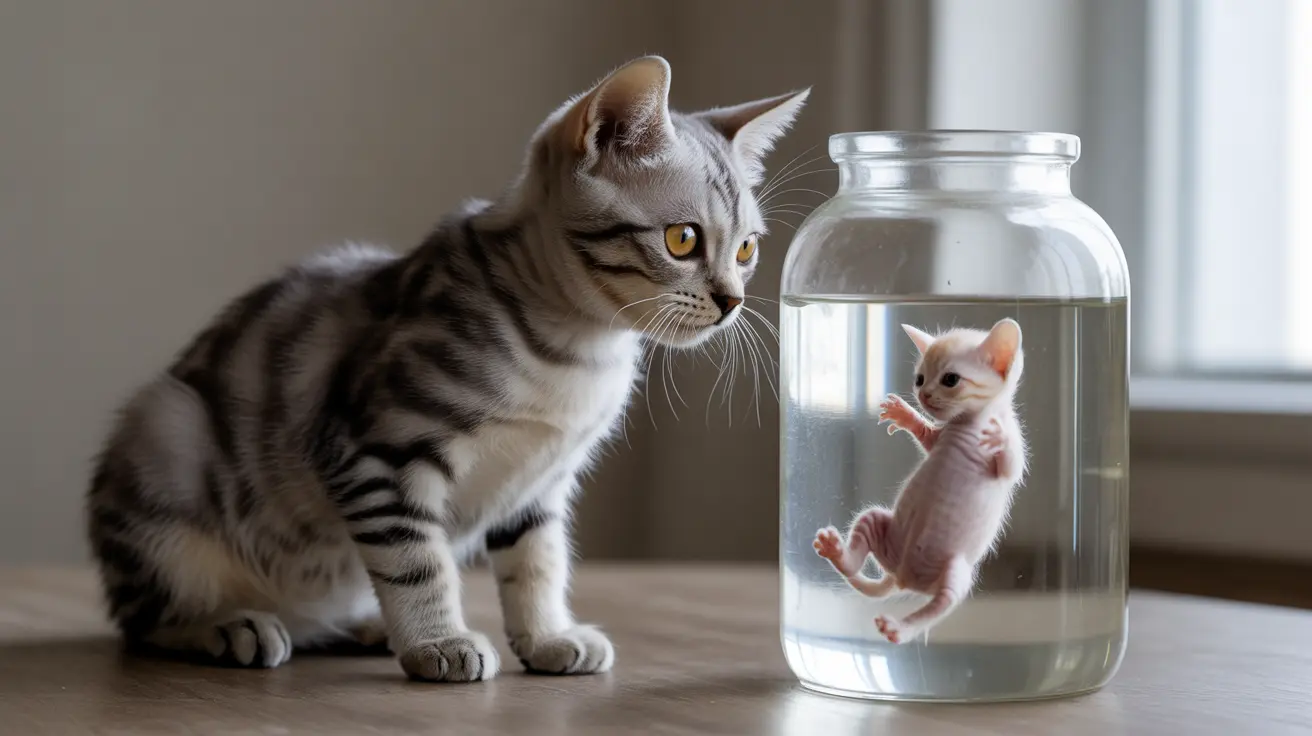The Remarkable Anatomy of Cat Ears
Cat ears are extraordinary sensory organs, equipped with 32 individual muscles in each ear. This impressive muscular structure allows cats to rotate their ears independently up to 180 degrees, enabling them to precisely locate sounds and express a wide range of emotions.
The outer ear (pinna) works like a satellite dish, capturing and channeling sounds into the ear canal. A unique feature called Henry's pocket, located at the ear's base, helps enhance their already remarkable hearing capabilities.
Decoding Sideways Ear Positions
When a cat's ears go sideways - often called "airplane ears" - it typically indicates one of several emotional states:
- Anxiety or nervousness
- Fear response to threats
- Defensive posturing
- Overstimulation
- Potential aggression
These sideways positions can range from slightly outward to completely flattened against the head, with each variation conveying different levels of emotional intensity.
Reading Your Cat's Emotional State
Understanding sideways ears requires considering the entire body language context:
- Slightly sideways with normal body posture: Mild concern or uncertainty
- Sideways with crouched body: Increased anxiety or fear
- Flattened with dilated pupils: Severe stress or imminent defensive action
- Sideways with tail puffed: High alert or defensive mode
How to Respond to Sideways Ears
When you notice your cat's ears moving sideways, follow these guidelines:
- Give your cat space and time to feel safe
- Remove potential stressors from the environment
- Avoid direct approaches or handling
- Create a quiet, calm atmosphere
- Monitor other body language signals
Prevention and Building Trust
To minimize stress-related ear positions and build a stronger relationship with your cat:
- Maintain a consistent daily routine
- Provide safe spaces throughout your home
- Use positive reinforcement training
- Respect your cat's boundaries
- Create a peaceful environment
Frequently Asked Questions
What does it mean when my cat's ears are sideways or show "airplane ears"?
When a cat's ears are sideways (airplane ears), it typically indicates anxiety, fear, or defensive posturing. This position suggests your cat is uncomfortable with their current situation and may need space or time to feel secure.
How can I tell if sideways cat ears indicate fear, aggression, or annoyance?
Look at other body language cues alongside the ear position. Fear usually comes with a crouched body and dilated pupils, while aggression may include a stiff tail and growling. Annoyance often shows through tail twitching and skin rippling.
Why do cats move their ears independently and what does this tell me about their mood?
Cats move their ears independently to track sounds from different directions and express emotions. This ability helps them monitor their environment and communicate their emotional state to others through subtle ear movements.
How should I respond if my cat's ears are flat or sideways during stressful situations?
Give your cat space, remove potential stressors, and avoid handling them until they show more relaxed ear positions. Create a calm environment and let them retreat to a safe space if needed.
Can reading my cat's ear position help improve our relationship and prevent aggression?
Yes, understanding ear positions helps you recognize your cat's emotional state early, allowing you to respond appropriately to their needs and avoid situations that might lead to stress or aggression.
Conclusion
Understanding cat ears sideways and other ear positions is crucial for building a strong, trusting relationship with your feline companion. By learning to read and respect these important communication signals, you can create a more harmonious household and ensure your cat feels safe and understood.
Remember that ear positions are just one part of your cat's complex communication system. Always consider the full context of their body language to best interpret their needs and emotions.






